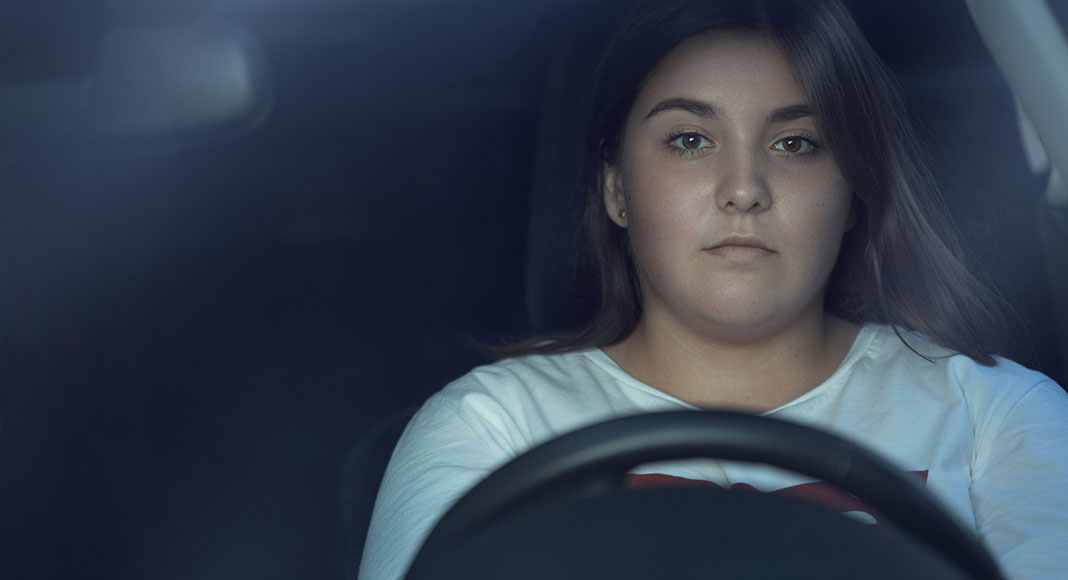Nationwide, more than 8,300 people died in crashes involving teen drivers from 2008 to 2018 during the ‘100 Deadliest Days’, the period between Memorial Day and Labor Day, according to new data.
Now with the combination of schools being closed, activities curtailed, summer jobs canceled, and COVID-19 restrictions being lifted, the American Automobile Association (AAA) says the factors could prove deadly as teens take to the road this summer.
AAA is urging parents to model safe driving behaviors and help ensure their teens practice them too.
“The last decade of crash data show shows that teens continue to be over-represented in crashes and summertime marks an increase of fatal crashes for this age group,” said Dr David Yang, Executive Director of the AAA Foundation for Traffic Safety.
“Our data analysis has found that for every mile driven, new teen drivers ages 16-17 years old are three times more likely to be involved in a deadly crash compared to adults.”
According to the new AAA Foundation Traffic Safety Culture Index, about 72 percent of teen drivers aged 16-18 admitted to having engaged in at least one of the following risky behaviors in the past 30 days:
- Driving 10 mph over the speed limit on a residential street (47%)
- Driving 15 mph over the speed limit on a freeway (40%)
- Texting (35%)
- Red-light running (32%)
- Aggressive driving (31%)
- Drowsy driving (25%)
- Driving without a seatbelt (17%)
To keep roads safer this summer, AAA is encouraging parents to:
- Talk with teens early and often about abstaining from dangerous behavior behind the wheel, such as speeding, impairment and distracted driving.
- Teach by example, and minimize risky behavior when driving.
- Establish a parent-teen driving agreement that sets family rules for teen drivers.
- Conduct at least 50 hours of supervised practice driving with their teen.



















